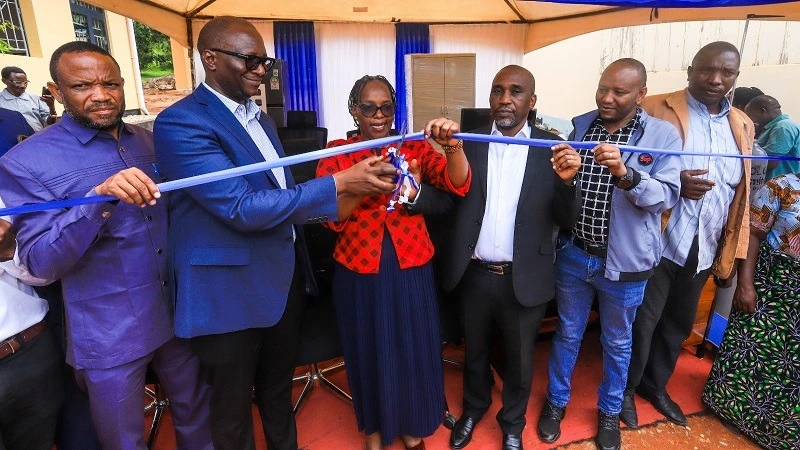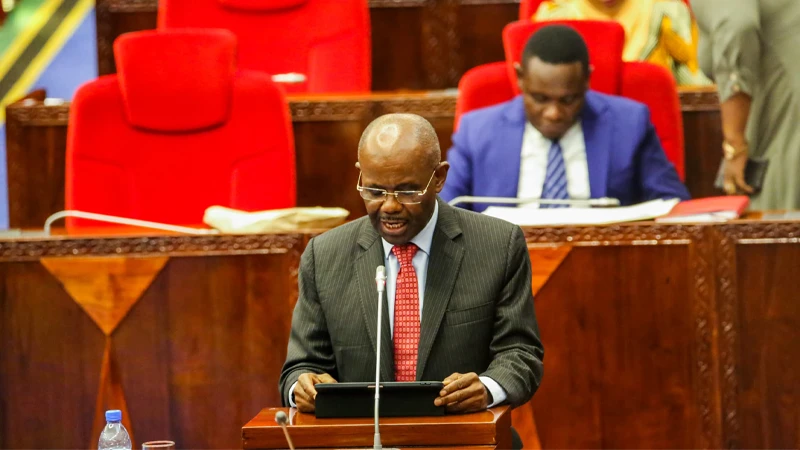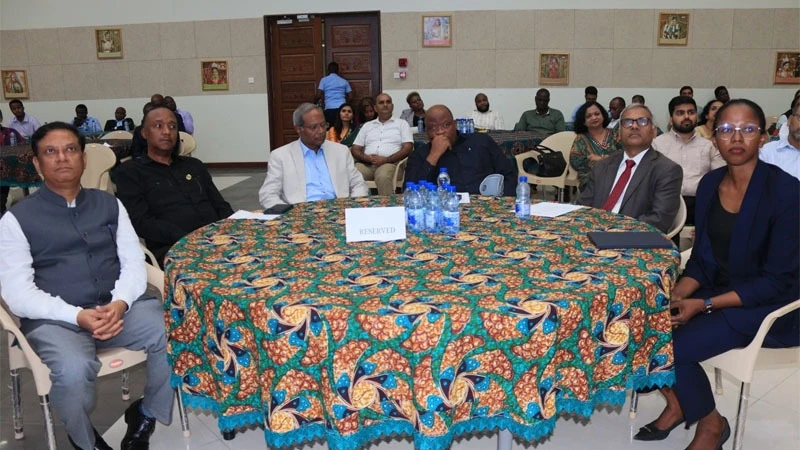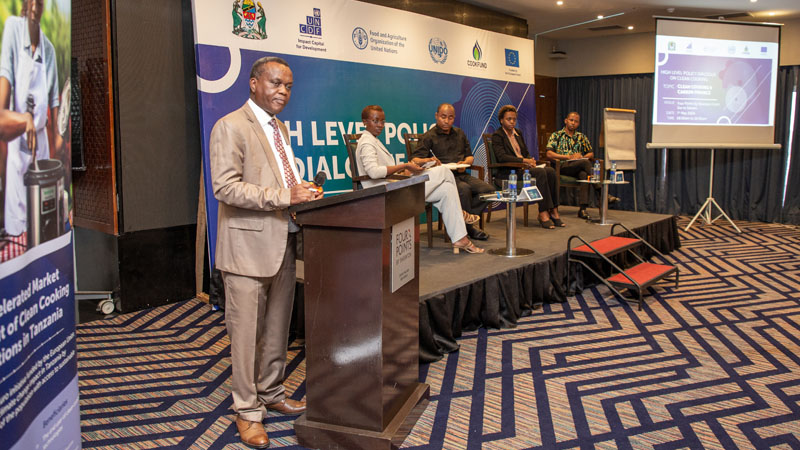EAC transporters decry corridor inefficiencies
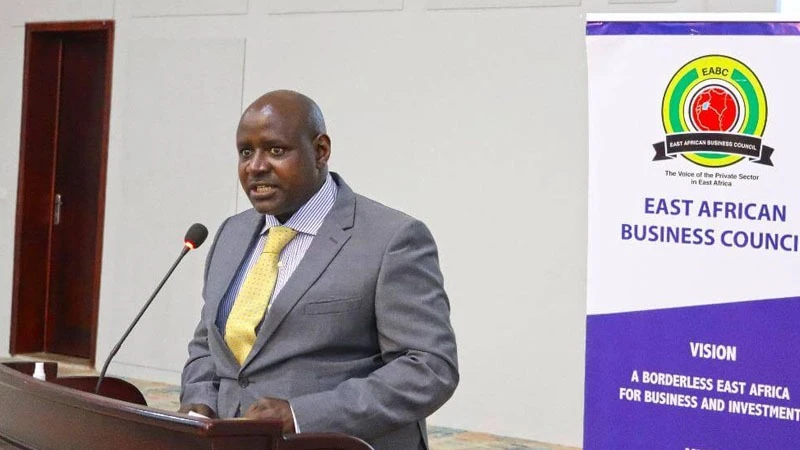
PUBLIC-private dialogue is needed to improve competitiveness and efficiency in East African Community (EAC) transport corridors performance, key stakeholder affirm.
John Bosco Kalisa, the East African Business Council (EABC) executive director, issued this appeal at a regional stakeholders’ webinar on corridor performance and its impact to businesses.
He said that transport corridors are the lifelines that connect landlocked countries to major seaports, boosting intra-regional trade and fostering economic development.”
Highlighting inadequate transport connectivity and non-tariff barriers impacting transit time and corridor performance, he cited data that average freight costs to transport a 20foot container from China to the port of Mombasa or Dar es Salaam stands at $2,188 and $1,975 respectively.
These charges are still too high for regional businesses to operate competitively, thus the importance of public-private dialogue involving trade facilitation agencies in ensuring regional efficiency in transport corridor performance.
Annette Mutawe, the EAC acting secretary general, graced the occasion with an observation that operationalisation of the EAC single customs territory and 15 one-stop border posts has proved beneficial.
It has reduced border delays and trade costs for businesses, she said, praising the EAC Heads of State for intense commitment to infrastructure development as it enhances competitiveness, trade improvement and economic development in the zone.
An EAC Summit retreat on infrastructure is expected later this year, she said, whereas Pauline Ukwalu, a Shippers Council of East Africa (SCEA) senior executive, said that high road transport rates against the global benchmark of $1 per kilometre impact on the doing business costs in the region, hampering investments.
In a presentation on the East Africa logistic performance index, she said that last year road transport rates on container transport from Mombasa to Nairobi, Kampala, Kigali, Goma and Juba stood tended to rise with distance covered, at $1.88 per km for Nairobi, $1.97 to Kampala, $2.50 to Kigali, $3.0 per kilometre to Goma, and slightly lower at $2.60 to transport a container to Juba.
Average ship turnaround time at the port of Mombasa is still too high at 79 hours, far in excess of the global benchmark of 24 hours, she stated.
In 2022, the transit time to Busia in western Kenya and Malaba border post was 77 hours and 80 hours respectively, despite that the Mombasa port and northern corridor charter indicate a target of 40 hours and 45 hours respectively for the two transits.
Emmanuel Rutagengwa, a Central Corridor Transit Transport Facilitation Agency (CCTTFA) executive, stated that Dar es Salaam port efficiency enhancements have resulted in ship turn-around time reduced from seven to 2.5 days.
Cargo dwell time decreased from 22 days to less than seven days, with truck turn-around time shortened from 4.3 to 2.3 hours, and cargo throughput, the volume of cargo handled at the terminal in one year, was raised from 13.6m tonnes in 2016 to 24.0m tonnes in 2023, he said.
The central corridor standard gauge railway programme is designed to actualize the Tanzania-Burundi-DRC extension as well as the Isaka-Kigali SGR extension, he affirmed.
Denis Muganga of Kenya’s Northern Corridor Transit and Transport Authority (NCTTA) stated that Mombasa port throughput stood at 35m tons in 2023, with 13 percent of corridor business being exports and 79 percent or thereabouts being imports percent, he said, pointing at the need for more investments to boost export activity.
Dr Merian Sebunya, the National Logistics Platform chairperson in Uganda, stated that the high cost of transport and inadequate infrastructure dampens business activity.
Trade facilitation agencies need to jointly work to bring about enhanced performance of EAC trade corridors, she stated.
The webinar highlighted the lack of multimodal transport, disparity in levying road user charges (RUC) across the partner states as major impediments to trade efficiency.
Other challenges are numerous road stops along the corridors, non-harmonized implementation of the Vehicle Load Act 2016 and lack of inter-connectivity of customs systems under Single Custom Territory (SCT), she said.
Yet other complications arise from non-harmonized standards across East Africa in packaging and labelling in the context of the lack of full implementation of trade facilitation initiatives, she elaborated.
The webinar convened upwards of 100 stakeholders including trade facilitation agencies, manufacturers, transporters, importers, exporters, freight forwarders, and shippers across EAC and beyond.
Top Headlines
© 2024 IPPMEDIA.COM. ALL RIGHTS RESERVED






